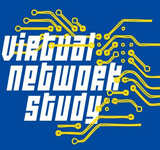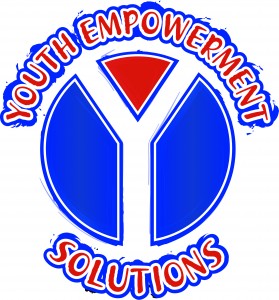Pathways4youth
Promoting pathways to healthy adulthood
Pathways to Purpose is a school-based intervention that aims to help students develop a sense of purpose. Positive purpose during adolescence can lead to pro-social behavior, moral commitment, high self-esteem, achievement, and physical and psychological well-being. Adolescents with a positive sense of purpose have less negative outcomes and an increased likelihood to thrive. Youth who report a strong sense of purpose have increased preparation for failure and obstacles, and flexible plans for how to deal with these failures. We expect that a positive purpose will prevent/reduce participation in health risk behaviors (alcohol and other drug use and violent behavior).
The intervention was developed in partnership with a Midwestern high school and is delivered by high school teachers. Lesson topics include: strengths, passions, values, goal setting, planning for the future, navigating obstacles, and community involvement.
Drug use and violent behavior can place youth at risk for not completing the developmental tasks of adolescence and limits their transition into healthy productive adults. From a developmental-ecological perspective, we will examine the relationship between neighborhood and individual-level risk and protective factors and the co-occurrence of alcohol/drug use and violent behavior. The research findings will inform the development of an intervention to prevent alcohol/drug use and violent behavior. This study is funded by the National Institute on Drug Abuse.
Place, locations where adolescents live and spend time, may play a critical role in alcohol/drug use and violence among youth. In this study, we will develop an activity space assessment tool that will inform our understanding of place (where adolescents spend time, characteristics and perceptions of those spaces) and enrich our understanding of how place-based contextual factors contribute to youth alcohol/drug use and violence.
Youth violence and aggression is a significant public health problem that affects the health and well-being of not only the individual adolescent but also their families and communities. Research on youth violence includes the identification of factors that increase or decrease the likelihood that an adolescent will engage in violent and aggressive behaviors. This study examined hope, purpose and meaning as protective factors against youth violence and aggression in a sample of 7th grade urban youth. Study findings will contribute to the development an intervention to promote the development of hope, purpose, and meaning in youth to reduce aggression and other risk behaviors. This study was funded by The University of Michigan Injury Prevention Center.
The UMHS Adolescent Health Initiative provides technical assistance, training, and expertise in developing policies and practices related to adolescent health to agencies across the nation. Dr. Stoddard participated in the evaluation of this work.
Researchers have sought to understand the Internet’s role in young adults’ risk-taking behaviors. Informed by a Social Influence and Integration Model of alcohol and other drug use (AOD), the  Virtual Network Study sought to examine how the use of the internet influences youth’s substance use behaviors. The study contributed to the growing body of Internet-based research methods by examining innovative strategies to maximize the internal and external validity of web-based findings from an ethnically-diverse sample of youth transitioning into young adulthood (ages 18 to 24).
Virtual Network Study sought to examine how the use of the internet influences youth’s substance use behaviors. The study contributed to the growing body of Internet-based research methods by examining innovative strategies to maximize the internal and external validity of web-based findings from an ethnically-diverse sample of youth transitioning into young adulthood (ages 18 to 24).
YES: Youth Empowerment Solutions for Positive Youth Development is a curriculum-based violence prevention  program that is based on youth empowerment and community engagement. The goal of the program is to provide youth with opportunities for meaningful involvement in preventing youth violence and creating community change, enhance neighborhood organizations’ ability to engage youth in their activities, and change the social and physical environment to reduce and prevent violence (especially youth violence). The program includes youth empowerment activities and community development projects.
program that is based on youth empowerment and community engagement. The goal of the program is to provide youth with opportunities for meaningful involvement in preventing youth violence and creating community change, enhance neighborhood organizations’ ability to engage youth in their activities, and change the social and physical environment to reduce and prevent violence (especially youth violence). The program includes youth empowerment activities and community development projects.